Understanding how to distinguish between male and female fruit flies is essential for anyone studying their behavior or managing infestations. These tiny creatures may look identical at first glance, but subtle differences set them apart. From size to specific physical traits, learning to identify their gender helps scientists, animal owners, and even curious minds understand their life cycle and growth.
Let’s break it down step by step for clarity.
Why Understanding Fruit Fly Gender Matters
Knowing how to distinguish between male and female fruit flies can be surprisingly useful. For researchers, gender-specific traits are vital for studying reproductive behavior or pest control. Animal owners with exotic pets needing live food may also want to differentiate between genders.
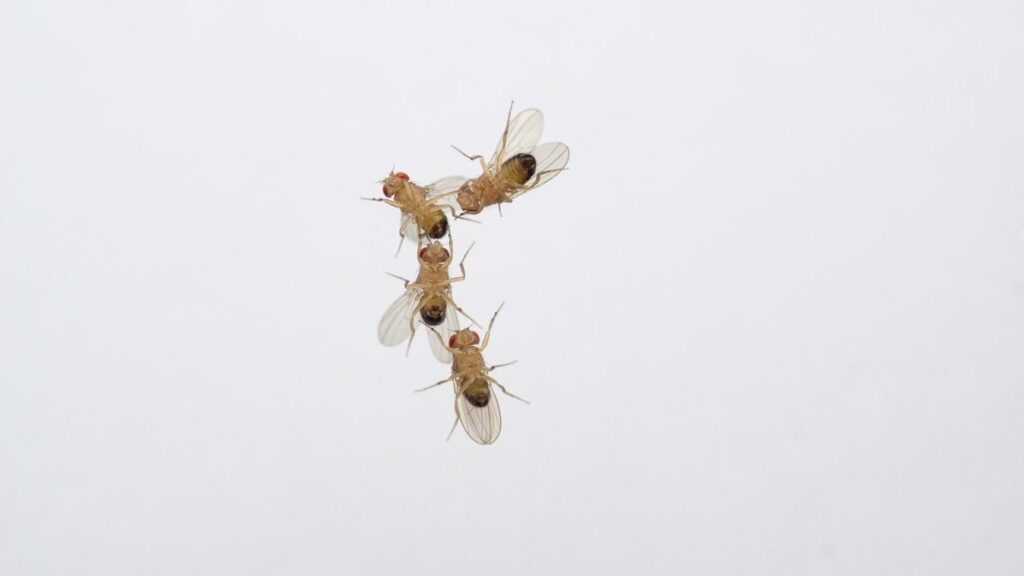
Additionally, distinguishing them aids in monitoring infestations more effectively. Beyond science, it’s a fascinating skill to appreciate the complexity of these tiny creatures.
Physical Size: Are Female Fruit Flies Bigger Than Males?
One of the easiest ways to tell the difference is by size. Female fruit flies are indeed slightly larger than males, typically by about 10-15%. Observing them under magnification reveals their more elongated bodies compared to the shorter, stockier build of males.
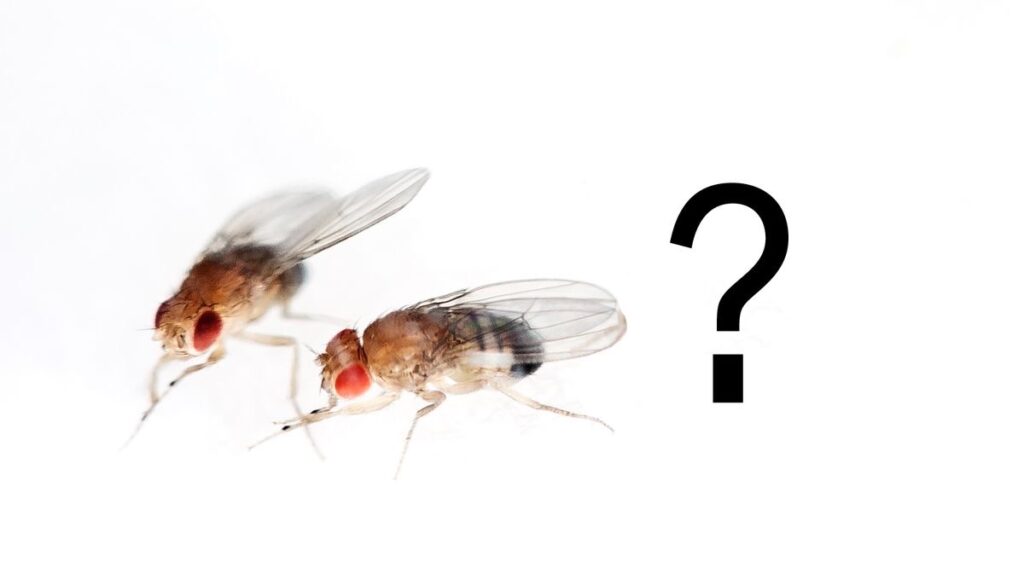
This size variation isn’t just visual; it reflects differences in their roles within their lifecycle. Next time you spot fruit flies, check their proportions closely.
The Abdomen Shape in Gender Identification
Male and female fruit flies have distinctive abdomen shapes. Females have a pointed abdomen tip, while males display a rounder end.
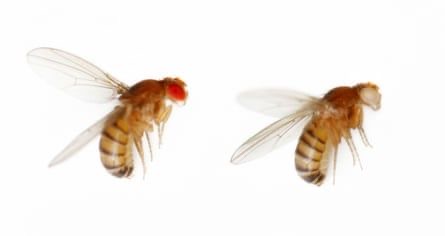
This physical difference becomes more visible when observing their darkened reproductive organs, which are more pronounced in males. This trait is a quick way to confirm the fly’s gender, especially for those with an eye for detail.
Spotting Color Variations in Fruit Flies
Color variation is another helpful clue when determining the gender of fruit flies. Male fruit flies often have a slightly darker rear end, particularly near their abdomen tip, while females appear lighter and more uniform in tone.
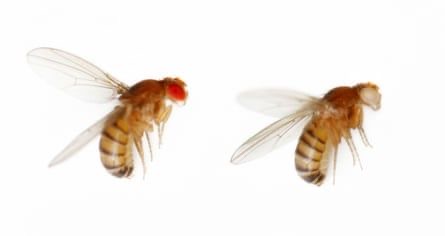
These subtle color differences are easier to spot under good lighting or with magnification. Though not as prominent as size or shape, this visual cue adds another layer to gender identification. Pair it with other traits for more accurate results.
The Life Cycle Difference Between Male and Female Fruit Flies
Male and female fruit flies experience a shared life cycle, but differences emerge during adulthood. Females live longer due to their reproductive role, with an average lifespan of 30 days.
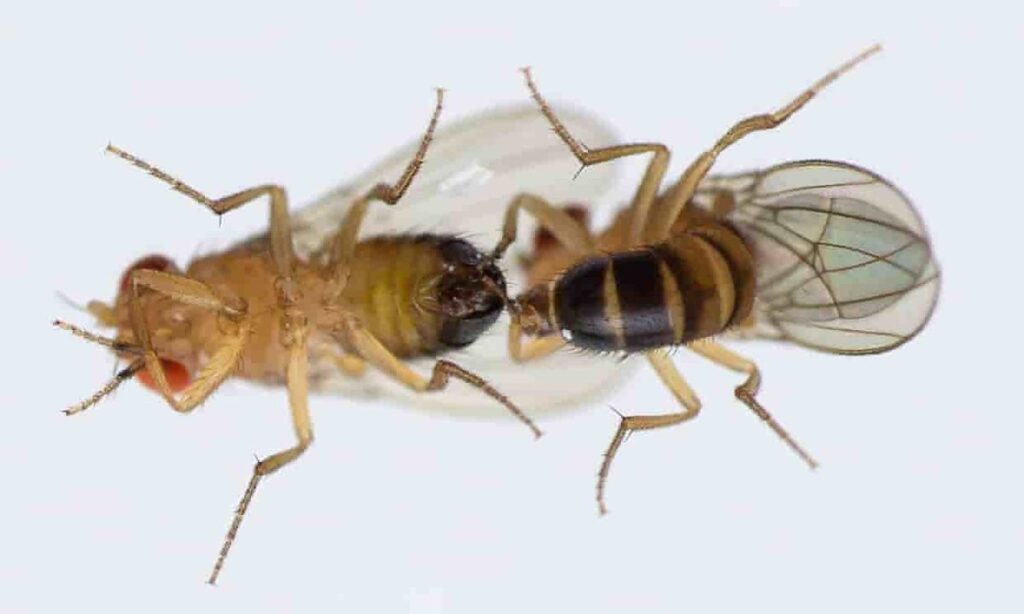
The males, on the other hand, may live slightly shorter lives. These lifespan differences highlight the biological demands of egg production, making females hardier during their life cycle.
Do Male and Female Fruit Flies Grow Legs Differently?
If you’re wondering how fruit flies grow legs, the process is identical for both genders. Legs develop during the pupal stage, as fruit flies transition from larvae to adults, forming six fully functional legs.
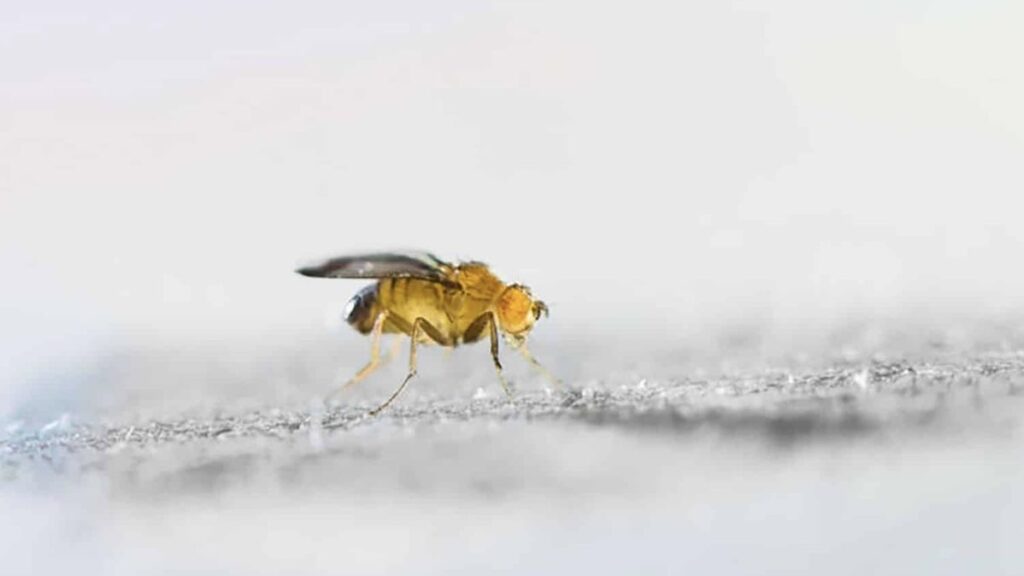
However, while the number and structure of legs remain the same, males and females may use them differently. Male fruit flies often perform leg-tapping as part of courtship displays, signaling interest to females. Observing these movements closely can provide subtle clues about their gender.
Behavior as a Key Indicator of Gender
Behavioral differences between male and female fruit flies are significant. Males are more active in courtship, often displaying repetitive wing vibrations or “singing” sounds to attract mates.
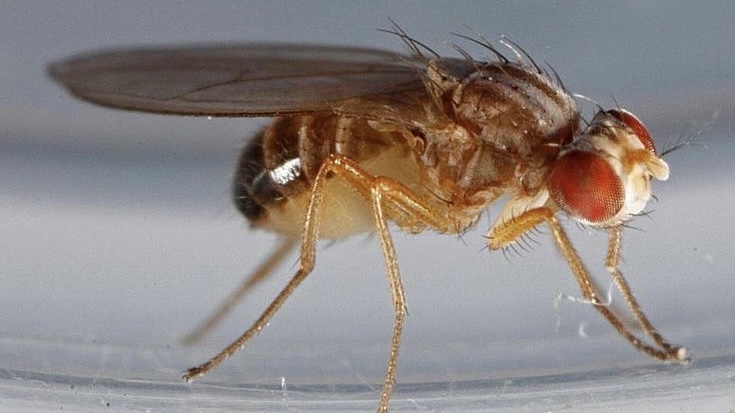
Females, on the other hand, are less aggressive and more focused on food and laying eggs. Observing these actions can provide another layer of certainty when distinguishing between the two.
Examining the Fruit Fly’s Genitalia
For a precise method to differentiate between male and female fruit flies, examining their genitalia under a magnifying glass or microscope is highly effective. Males have distinct dark bristles on their genital region, which females lack.
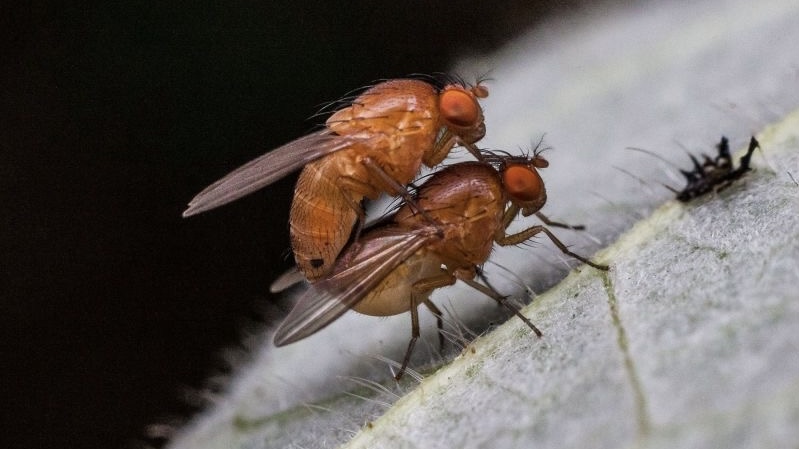
This method is widely used by researchers and provides nearly 100% accuracy. Although it requires careful observation and specialized tools, it leaves no room for misidentification. This technique is ideal for scientific studies or when absolute certainty is essential.
Wrapping Up
Learning how to distinguish between male and female fruit flies combines observation, curiosity, and biology. Regardless of who you are—a researcher, an animal owner, or someone interested in the natural world—this knowledge has many applications. From size and color to behavior and lifespan, these small details reveal the complexity of fruit flies. But with these tips, you’ll never look at these tiny creatures the same way again.
